The Beginner’s Guide: Carl Theodor Dreyer, Director
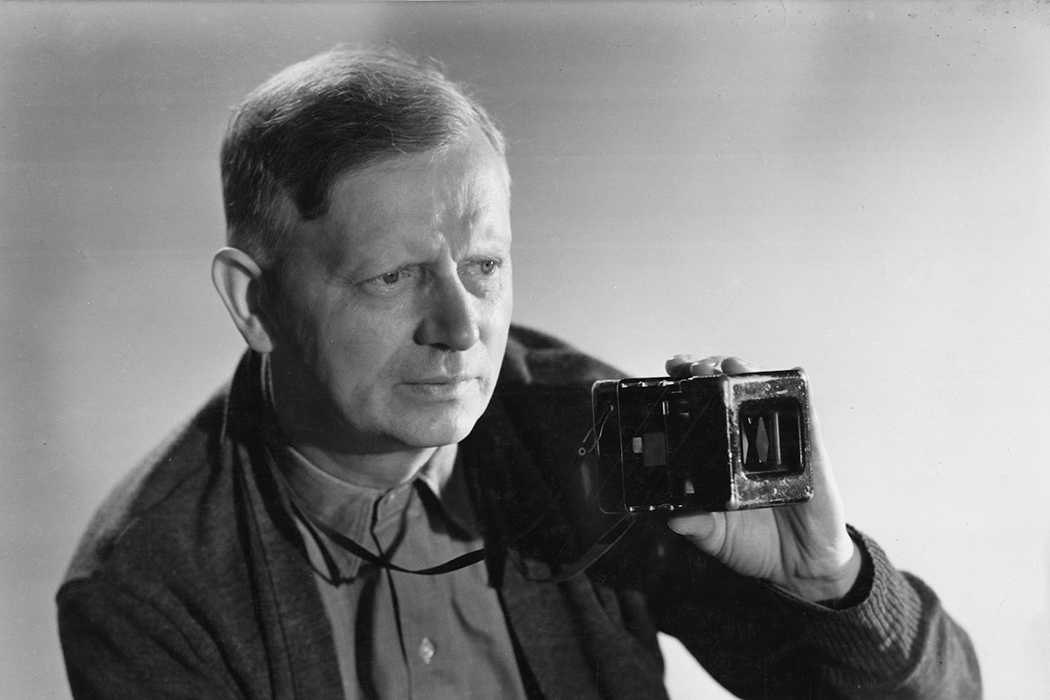
Ben is a former student of cognitive science who is…
The Criterion Collection is to release a new edition of The Passion of Joan of Arc this coming March. The Passion of Joan of Arc is one of the most influential, highly-regarded, and studied films of the 20th Century; it needs no promotion. Nevertheless, we can use its re-release as an occasion to discuss the other work of its director, Carl Theodor Dreyer.
Dreyer‘s early life was cold and austere, and he eventually left his adoptive family behind. He didn’t make very many films in his lifetime, but his career stretched from the silent era into the 1960s. Most of his films are household dramas, but they’re no less intense than The Passion of Joan of Arc. Between their creeping shadows and the slow pans of the camera, all of his films evoke powerful forces that their characters aren’t necessarily aware of, but struggle with nonetheless.
Academic David Bordwell pointed out that Dreyer‘s films are mostly built around texts that form a sort of “master-meaning”. 1932’s Vampyr has its omniscient intertitles, 1943’s Day of Wrath has the lyrics of the eponymous hymn, and so on. But at the same time, his films question the rules and roles imposed on the characters by their communities, or sometimes by their families. The “master-meaning” texts give us a glimpse of what might bring peace, or at least order, to the film’s worlds; but the characters consistently undermine, misinterpret, and ignore the concepts those texts contain.
The Passion of Joan of Arc (1928)
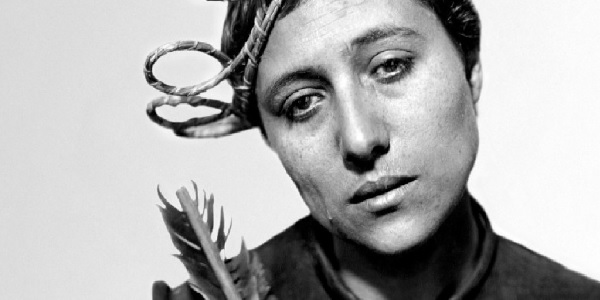
The Passion of Joan of Arc is not a difficult film to see, but it’s still at least a little exciting for there to be a new release. But the reason for this is also reason to approach it with some care. Some people are understandably underwhelmed when they see films that have received almost universal praise for a long time. After all, no film reaches everyone. Naming a film as one of the greatest of all time puts pressure on both the viewer and the film: some viewers dislike the idea that they’re expected to like something; and even Citizen Kane and The Passion of Joan of Arc are just movies made by fallible humans.
I recommend The Passion of Joan of Arc to a specific audience: if you’re a film fan who’s interested in seeing a formally daring film which is emotionally harrowing even in complete silence, then I would recommend it. The film is almost entirely composed of close-ups, with the soft lighting on lead actress Renée Jeanne Falconetti‘s face setting her apart from the rest of the film’s harsh world – even as her performance expresses a bewildering degree of religious fervor. Joan’s face cuts through the spaces composed by the camera’s movement, symbolizing the revolutionary threat she represents to her adversaries.
Widely praised though it is, The Passion of Joan of Arc is a severe and unusual film. If you like it, then the rest of Carl Theodor Dreyer’s work may be for you.
Vampyr (1932)
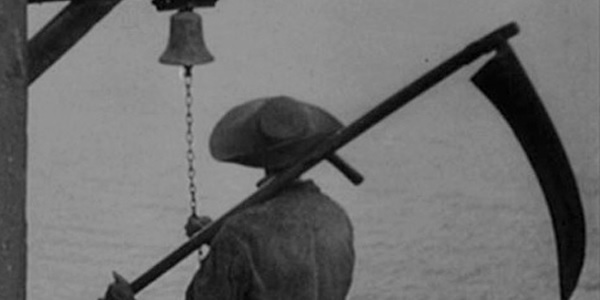
Vampyr is the outlier here: it’s a supernatural horror film rather than any kind of drama, and as such is filled with mystery and strange visual effects. The story is very simple: a man travels to a town and encounters a supernatural evil. The movie consists largely of bizarre and disturbing imagery stemming from that premise. The shadows of people who aren’t there run along the walls; a man steps out of his body to experience a potential future; the lighting changes in ways that can’t be explained. Most of the interiors in Vampyr are just small enough to be uncomfortable, but outdoors the characters are often made to look small and insignificant. Some characters lose their generally peaceful demeanors and become menacing or violent.
Carl Theodor Dreyer’s other films tend to delve more into the specific kinds of relationships their characters share; Vampyr can’t really be pinned down in that regard. Nevertheless, it does subject their relationships to some scrutiny by letting them be intruded upon by dark forces beyond what the characters understand, exposing how fragile the order they rely upon can be. It also exemplifies the very creative use of lighting common to many of Dreyer‘s films. The Passion of Joan of Arc is probably the best introduction to Dreyer‘s work for its popularity and spiritual intensity, but Vampyr may be the most straightforward introduction to his greatest strengths as a filmmaker.
Day of Wrath (1943)
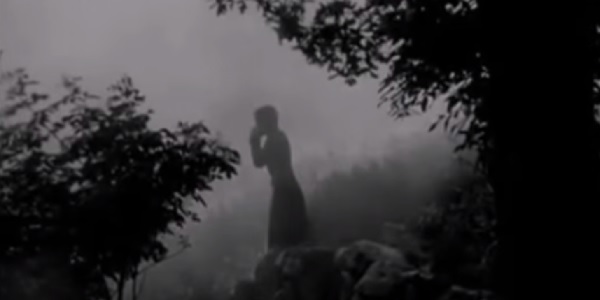
Day of Wrath may be Dreyer‘s darkest film. It takes place in 17th Century Denmark, and follows the social politics surrounding people accused of witchcraft. The tone is suffocating and ominous. As in Vampyr, the characters are often made to look restricted or insignificant by shadows and sharp edges. Sometimes the slow pans of the camera seem to flatten three-dimensional space; according to critic Jonathan Rosenbaum, this effect was achieved by moving the camera along a track while panning in the opposite direction.
The film also features some of the best performances in Carl Theodor Dreyer’s filmography. The characters are split between those who have reason and desire to strike out against the other characters but don’t, and those who act with cruelty and hubris and struggle not to hate themselves for it. Each performance is uniquely ambiguous, expressing both a mix of emotions and the anxiety and confusion arising from their conflict.
If Bordwell is to be believed, Day of Wrath‘s meaning lies in the Dies Irae hymn that plays throughout: a song about upheaval, judgment, and destruction. Maybe it’s meant to suggest that the injustice of the world it depicts will lead everyone to catastrophe; maybe it means that the world needs a catastrophe to redress its injustice. Maybe it’s both.
Ordet (1955)
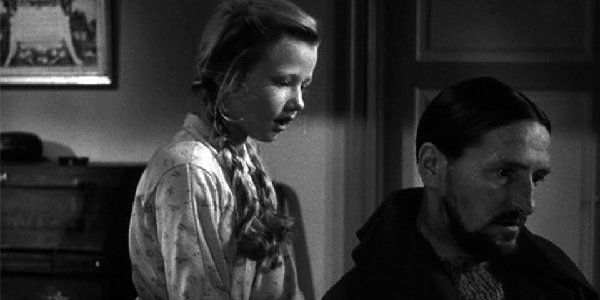
After The Passion of Joan of Arc, Ordet may be Dreyer‘s most famous and well-regarded film. It’s more difficult to summarize than his other films, as it doesn’t hinge on just one character or conflict. It follows a brief period in the lives of the Borgens, a family living in a small Danish town. The family’s patriarch, Morten Borgen, has a feud with their neighbor Peter the Tailor over their conflicting religious beliefs. Morten’s sons give rise to the film’s other narrative threads. Anders Borgen wants to marry Peter’s daughter, but is refused; Johannes Borgen behaves strangely and proclaims himself to be a new incarnation of Jesus, leading everyone to think he’s lost his mind; and Mikkel Borgen prepares with his pregnant wife Inger for their coming child.
Ordet focuses on events far more mundane than those depicted in The Passion of Joan of Arc or Day of Wrath, but it’s hardly less enthralling. The way the camera slowly passes back and forth over the characters, the way light pours in through windows and bounces off walls, and the way the actors express desperation and ecstasy all contribute to a sense of awe and wonder that pervade Ordet, a sense of a power beyond any of the characters that exists somewhere in the unknown.
Just as it’s difficult to describe Ordet in simple terms, it’s difficult to predict what anyone will take away from it, or how they will react. Even people who admire Dreyer over all other directors have admitted to finding Ordet impenetrable at first. Still, there are those who maintain that Ordet is not only a highlight of Carl Theodor Dreyer’s work, but one of the greatest films of all time, and maybe even more emotionally powerful than The Passion of Joan of Arc. Obviously not everyone will like such a cold, murky film, but you may want to check it out if you like films that ask a lot of their viewers.
Gertrud (1964)
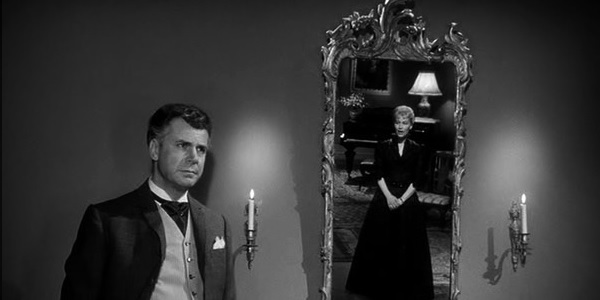
Gertrud was Dreyer‘s final film, and it’s a rather odd one. It consists largely of lengthy dialogue scenes, rarely involving more than two characters, and they don’t always look at each other while they converse. The film plays close attention to the physical distance between the characters and the decorations – paintings, mirrors, sculptures, and other furnishings – that fill its interior spaces. A few scenes are exceptionally brightly lit in a way that makes them look unreal, as if they took place in a dream.
The plot is little more than a series of encounters between the eponymous Gertrud, and various men she once loved or who once loved her. At first, the film seems to be about different kinds of love, and the trade-offs of pursuing them all. But looking at it this way is unsatisfying; there’s so much empty space, so much left unspoken and unseen in Gertrud. One always wants to ask more questions.
Gertrud attends to the difference between the men she talks to, but what about Gertrud herself? She seems to have left a major impact on many of the other characters; why? What’s her point of view on sacrifice? What does she know about her pursuits that we don’t? The film only offers vague answers, if any answers at all, to these questions, but they keep things interesting. Gertrud is more pensive than intense, unlike the other films mentioned here, but it has some ardent supporters among Carl Theodor Dreyer’s fans.
Carl Theodor Dryer: The Solemn Master
I hope I’ve managed to convey that Dreyer‘s films tend to be slow, ponderous, and grave (though not all of them are like that). I want this to be clear so that people who haven’t seen the films listed here will have a good idea of whether they want to see them or not. I want this caveat to be clear so that I don’t accidentally oversell his films to people who wouldn’t like them when I say this: Carl Theodor Dreyer is one of the greatest filmmakers ever.
There are no films quite like his. The manipulation of light, shadow, and the camera are all unique, as is the level of subtlety with which the actors express indescribable feelings. Given this, and the fact that his career stretched from the silent era into the 1960s, it’s not surprising that he’s influenced many prominent filmmakers, some of whom are drastically different (take Ingmar Bergman and Michael Mann, for instance).
It’s as Roger Ebert said in his review of Ordet: “Ordet is a difficult film to enter. But once you’re inside, it’s impossible to escape…to closely observe this film is to criticize it, struggle with it, respond to it, understand it, and finally respect it.” This could be said about many of Dreyer‘s films. If history is any indication, some people will find some of their favorite films waiting in his filmography.
The films listed here, plus Carl Theodor Dreyer’s 1925 film Master of the House, are all available for streaming on Filmstruck.
Does content like this matter to you?
Become a Member and support film journalism. Unlock access to all of Film Inquiry`s great articles. Join a community of like-minded readers who are passionate about cinema - get access to our private members Network, give back to independent filmmakers, and more.
Ben is a former student of cognitive science who is currently trying to improve his writing style and ability to understand and appreciate films containing unfamiliar perspectives. He tries not to hold films to a strict set of criteria, but does believe that strong movies can change your outlook on the world. His favorite films include Whisper of the Heart, Hellzapoppin', Foolish Wives, 42nd Street, and the work of Charlie Chaplin.













